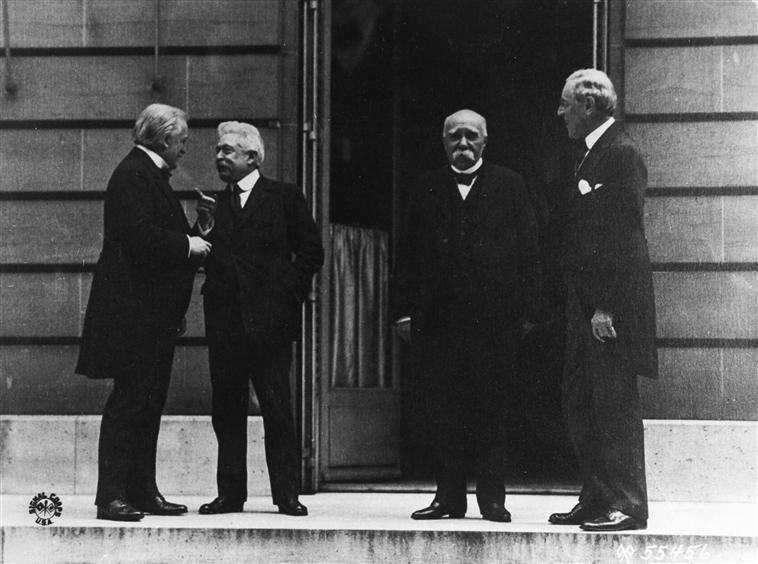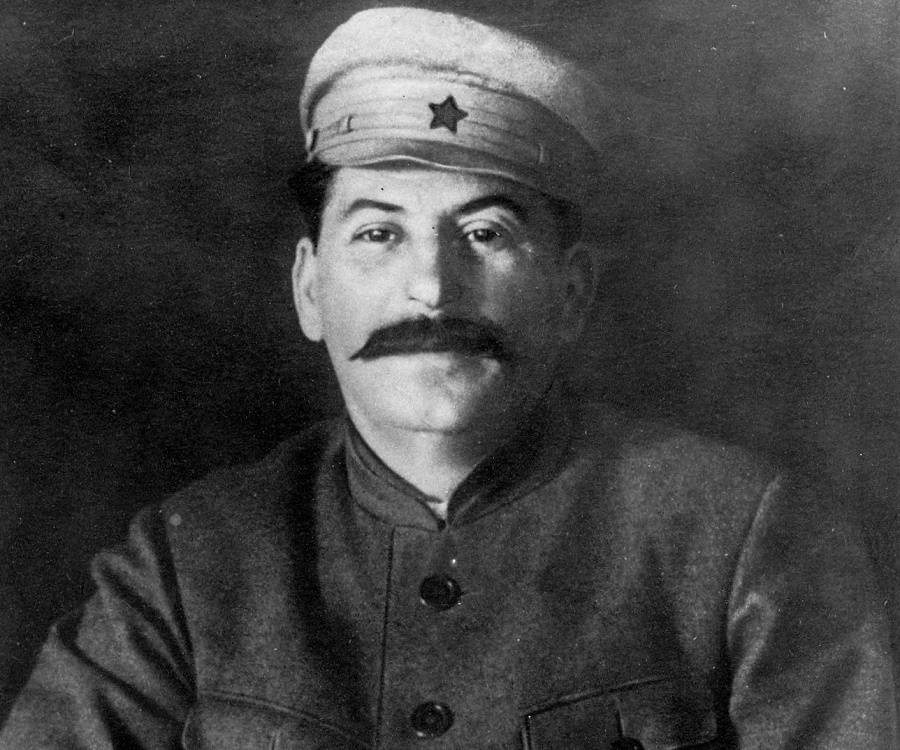The 1930 Election
The 1930 election was fought between
Mackenzie King and the Liberals and R. B. Bennett and the Conservatives.
Bennett believed that he could use tariffs to "blast a way for Canadian
products into world markets. He believed that higher tariffs would protect
Canadian goods from unfair competition by other countries, especially the
United States.
Prior to the election, in the House
of Commons, King had made a major blunder by saying that he would not give a
"five-cent piece" to assist Conservative provincial governments with
their "alleged unemployment" problem. That insensitive remark cost
King dearly as Bennett's Conservatives won the 1930 election with 137 seats,
including an unheard of 24 in Quebec.
Bennett's timing could not have been
worse as his administration governed Canada during the five worst years of the
depression. However, his own policies did little to improve the situation.
Despite campaigning as something of a radical, once in office, Bennett adopted
a fairly traditional approach. As a conservative, he disliked spending public
monies on huge public relief projects. Nevertheless, he did pass an initial $20
million emergency aid law to provide provinces for relief and public works.
Wedded to the idea that a balanced
budget was the key to get Canada out of the depression, Bennett was slow to
adopt the new deficit financing ideas of economist John Maynard Keynes.
Responding to the U.S. decision to raise tariffs to their highest levels in
history, Bennett followed suit by in turn raising Canadian tariffs. That policy
was disastrous as Canadian exports plummeted from $1.4 billion in 1929 to $475
million in 1933. By 1933, 826 000 people out of a population of 10 million were
unemployed.
Prairie Family and their
"Bennett Buggy"
The conditions of 'the dirty
thirties' had never been experienced before. Not once in the decade did the
unemployment rate drop below 12%. It peaked in 1933, at 26.6%. Those figures
did not include the thousands of out-of-work farmers and fishers, who were not
counted in government statistics. Nor did it include the thousands who had
simply given looking for work. At that particular time there was no such thing
as unemployment insurance or welfare. People lost their homes, were thrown on
the streets, lived in shantytowns, rode the rails, and survived as best they
could. 'Bennett buggies' were the derisive term used to describe a horse-drawn
vehicle because the owner could not afford to buy gas.
All people and all areas suffered.
However, the suffering was not equally shared. Unskilled workers suffered more
than skilled workers. Young people found it virtually impossible to enter the
labour market. Single-industry towns such as Windsor, Sudbury, and Oshawa - all
in Ontario - suffered more than areas that were more diversified. Similarly,
more diversified farming areas, such as the mixed farms of eastern and central
Canada fared better than those solely reliant on a single crop, such as wheat
on the Prairies. Because it was deemed socially unacceptable for a woman to
hold a job instead of a man, working women suffered significantly.
Questions:
1.
1. Which politicians were competing in
the 1930 election?
2.
2. What does ‘blunder’ mean?
3.
3. What did King say about a ‘five cent
piece’ that led him to lose the election?
4. 4. How many seats did Bennett win in
the 1930 election?
5.
5. Due to Bennett’s policies, how many
people became unemployed in 1933?
6.
6. What was the unemployment rate as a
percentage in 1933?
7.
7. What were Bennett Buggies?
8.
8. What kind of people suffered the
most during the depression?
9.
9. What areas suffered the most during
the depression?
1 10.
Why did working women suffer during
this time?
1 11.
Write a paragraph describing how you
would feel if you were living during this time.
Be creative.



